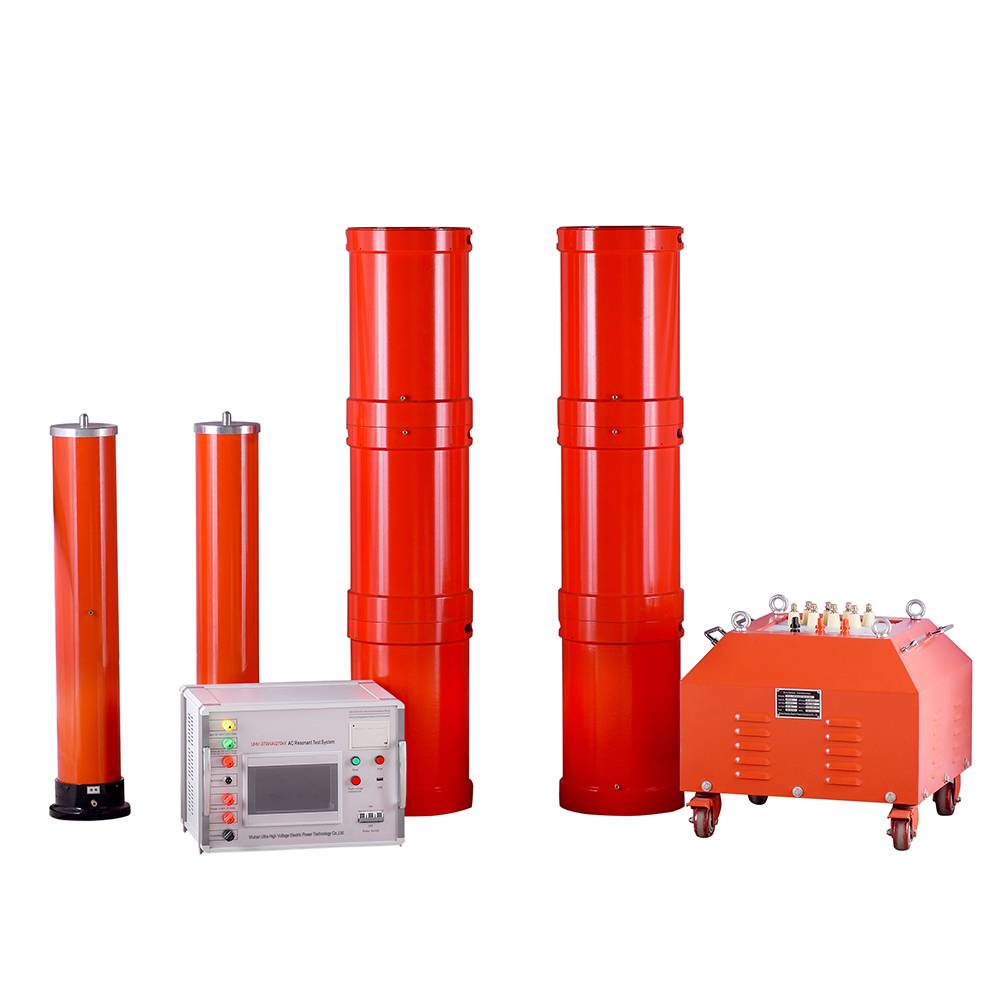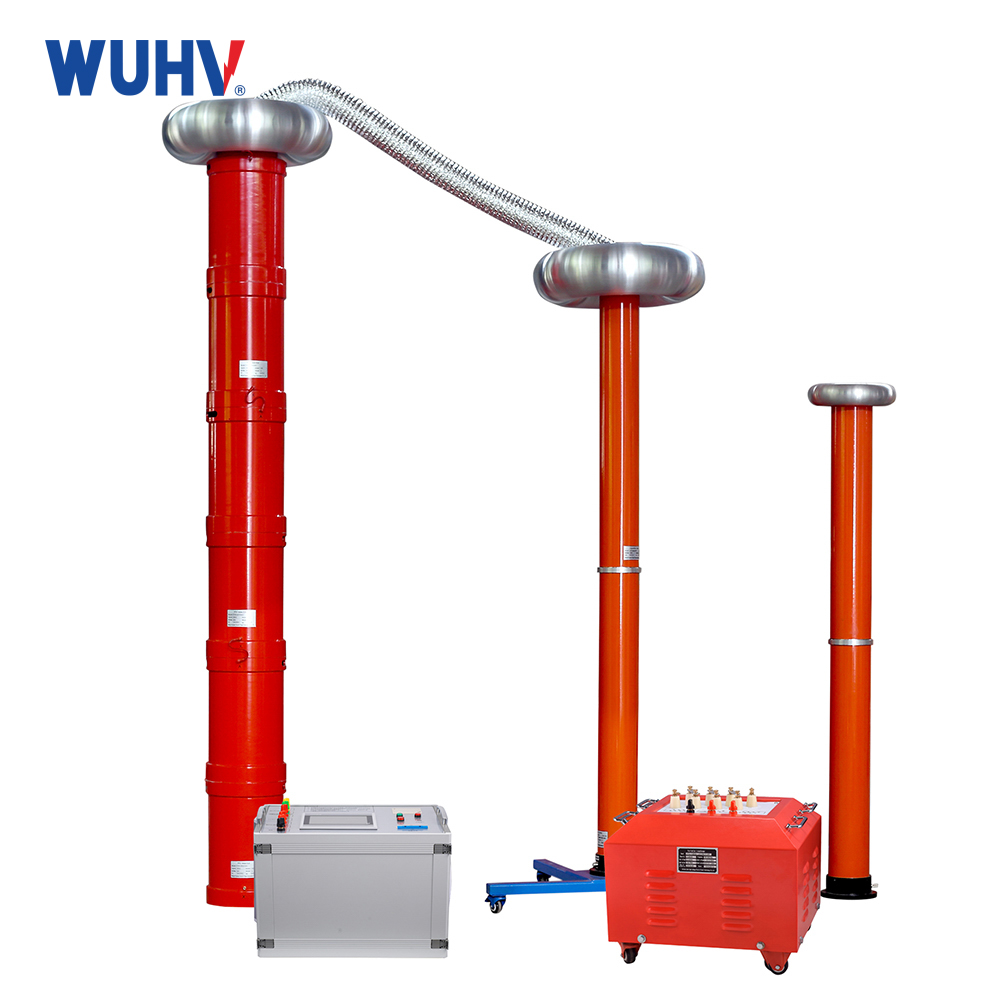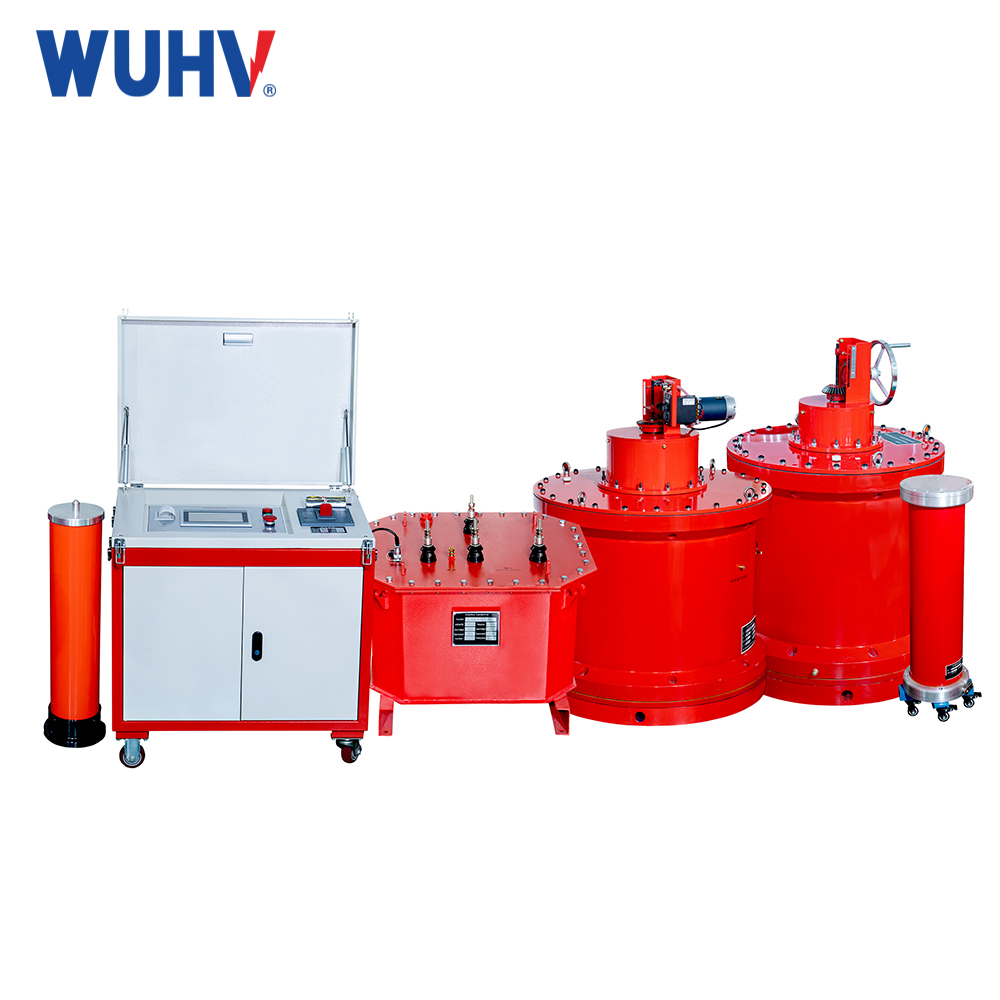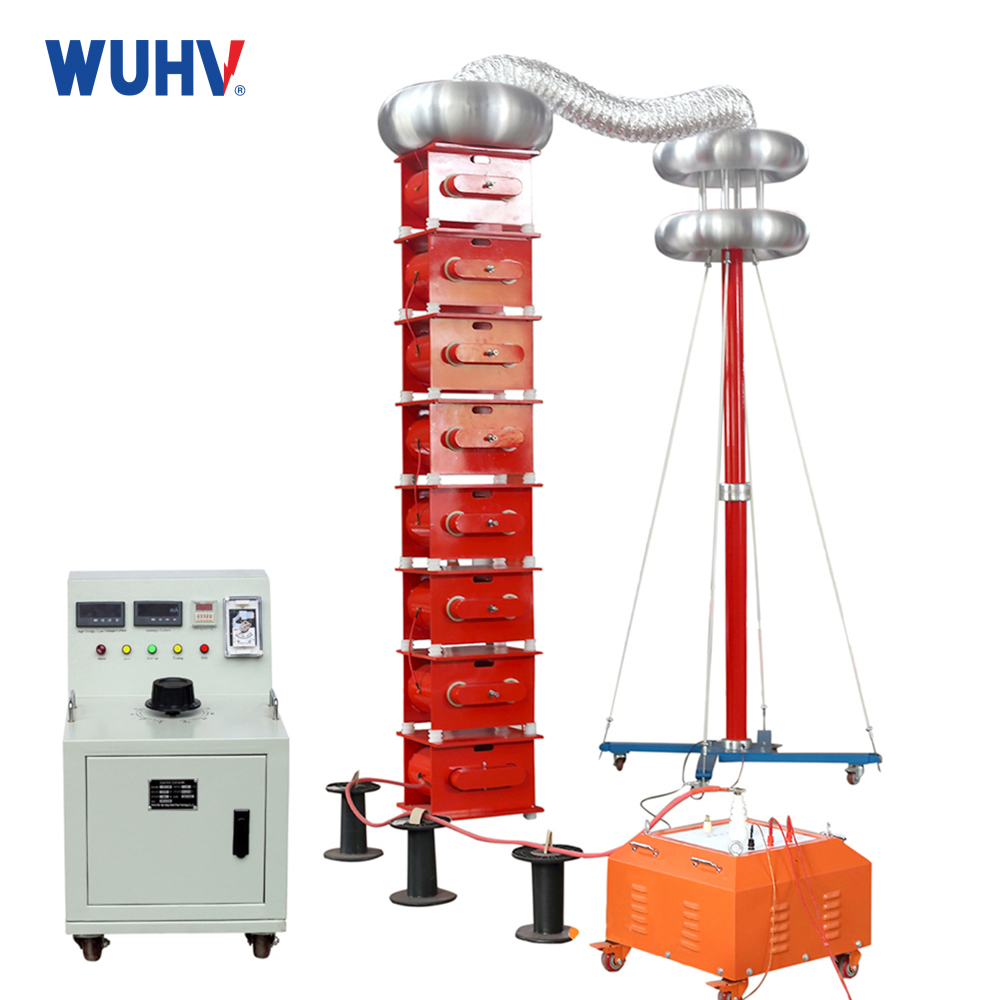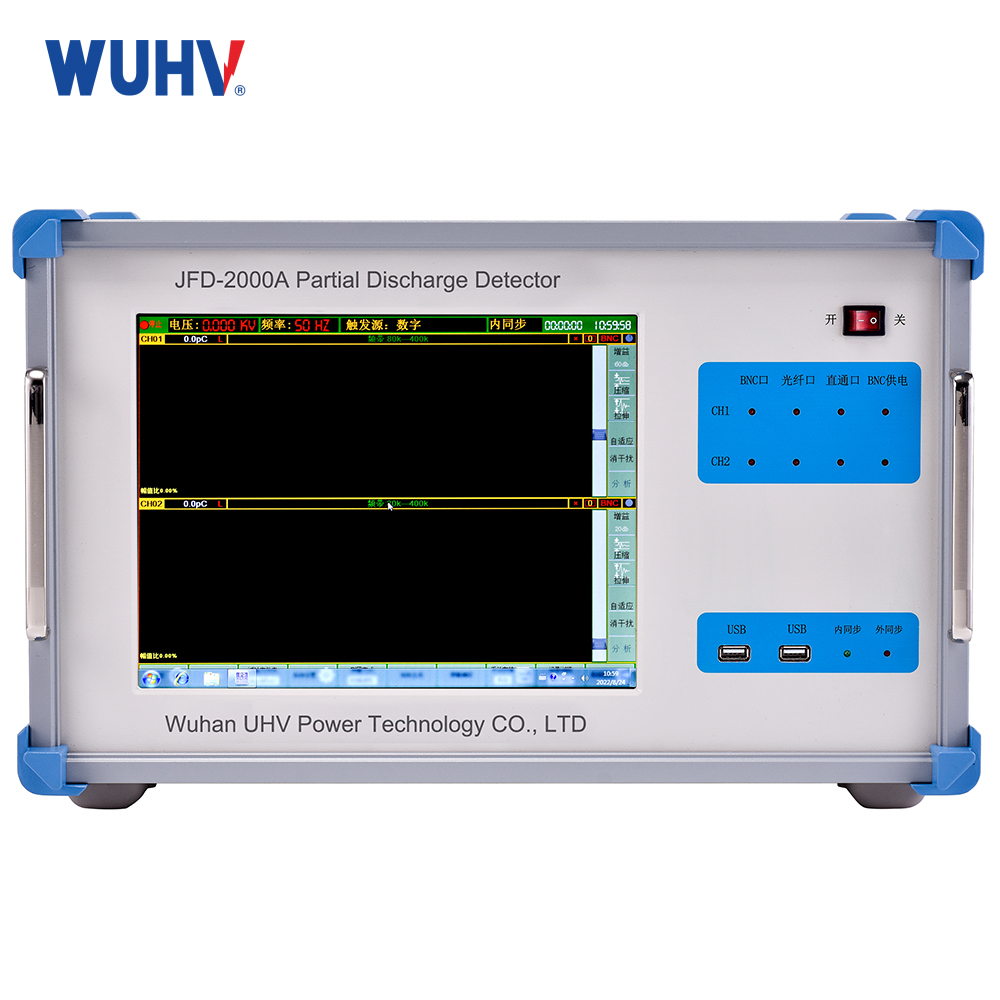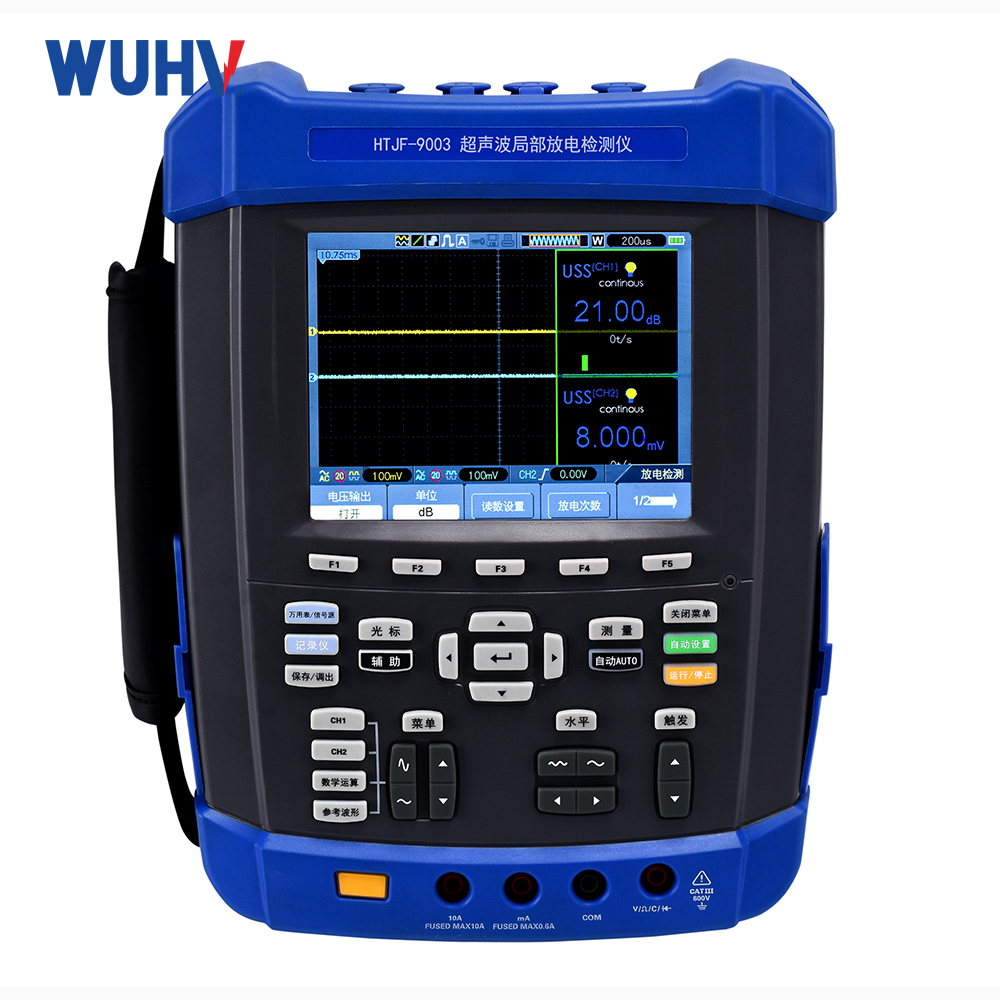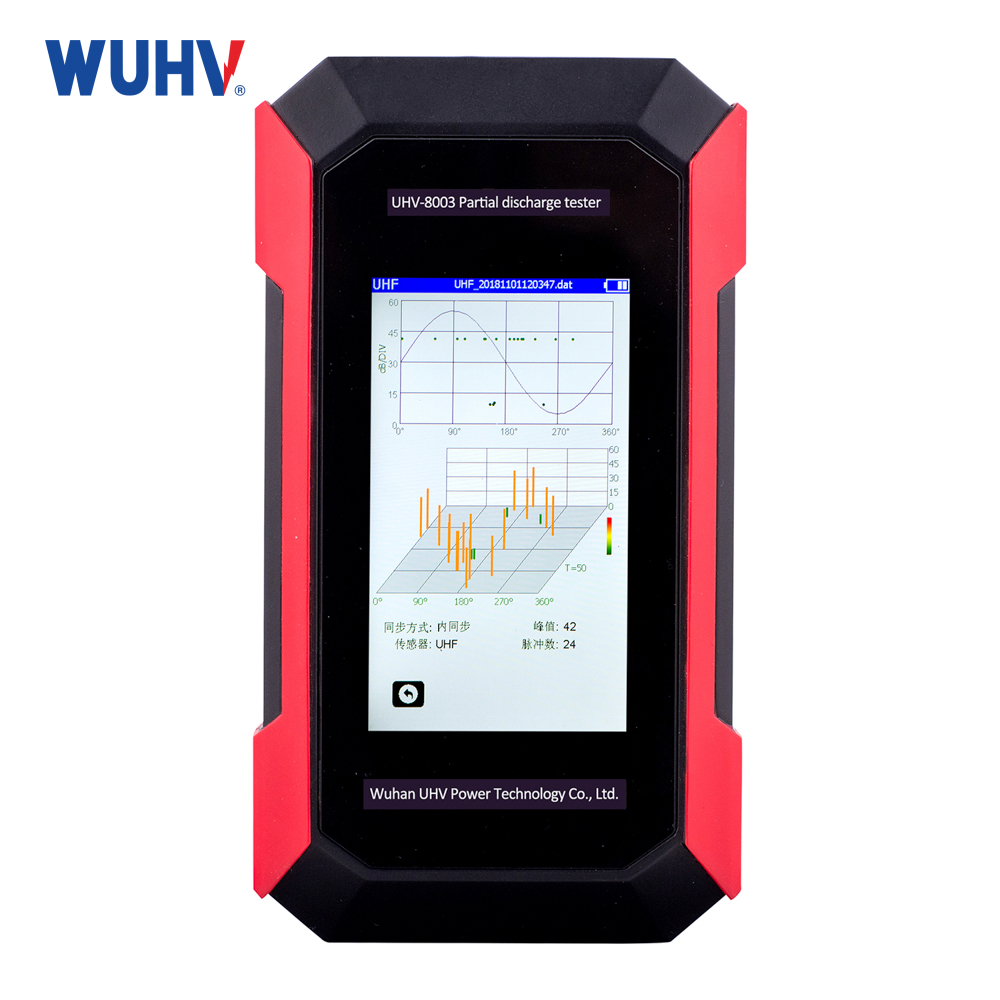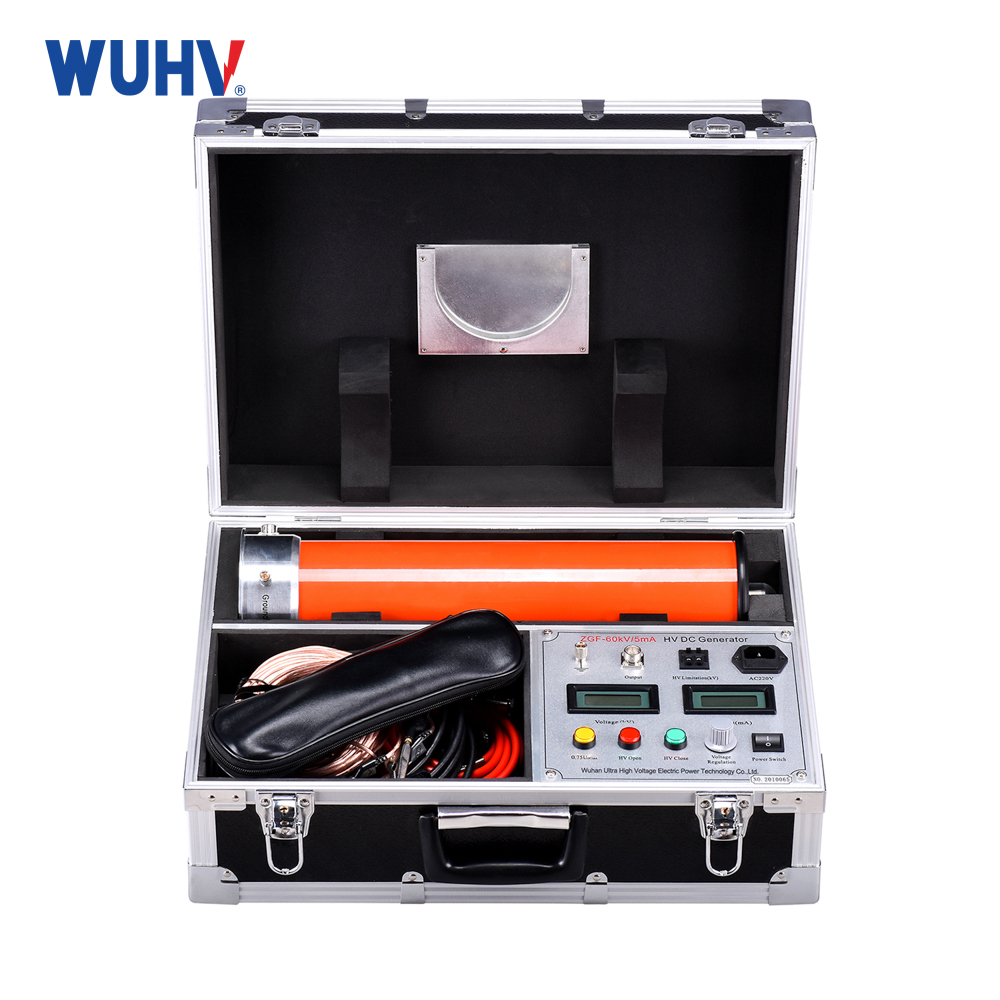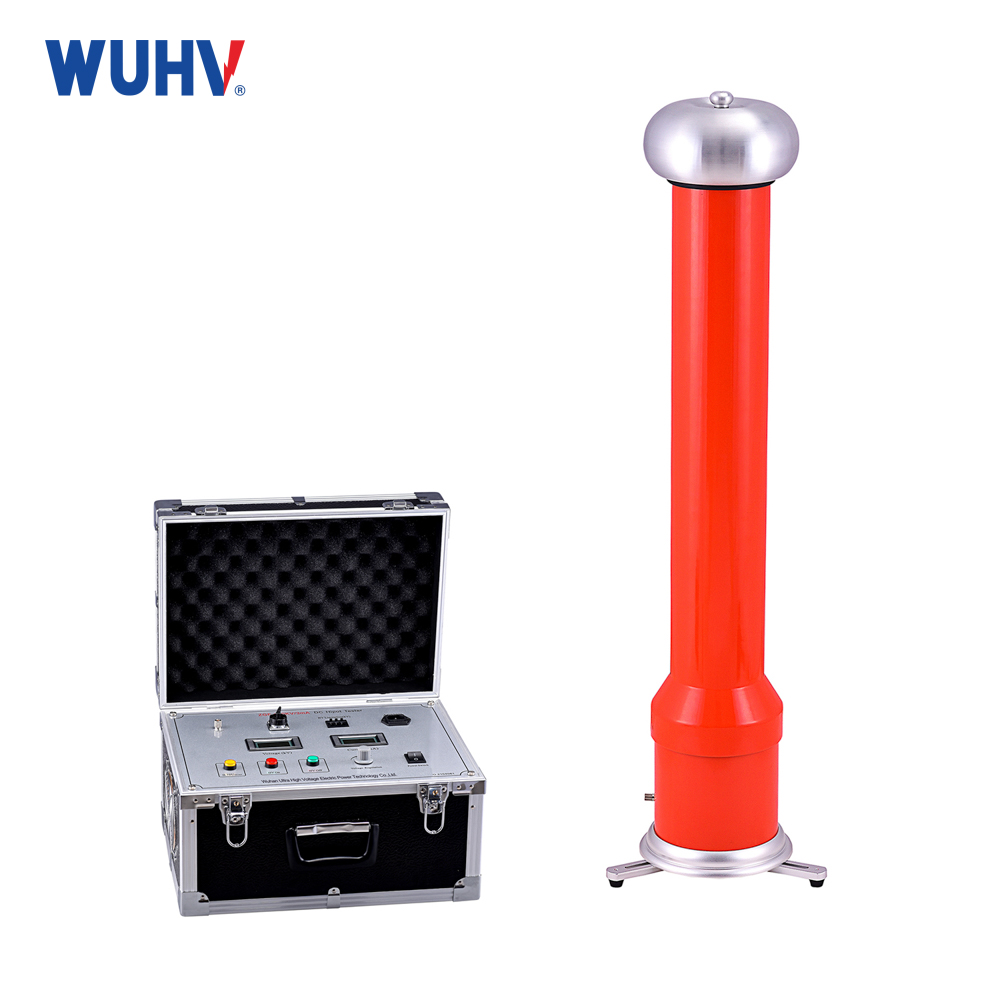Why isseries resonanceequivalent to short circuit? Wuhan UHV specializes in the production ofseries resonance, with a wide range of product selection and professional electrical testing. To findseries resonance, choose Wuhan UHV.
Series resonance, also known as series resonance test device, refers to a circuit in which the voltage U and current I have the same phase, and the circuit exhibits pure resistance. And short circuit refers to the situation where current does not flow through the electrical appliance in the circuit and is directly connected to the two poles of the power supply. In concept, series resonance and short circuit are completely different, so why is series resonance equivalent to short circuit? What is the connection between the two?
In a circuit, if the current does not flow through the electrical appliance and is directly connected to the two poles of the power supply, the power supply will be short circuited. According to Ohm's law I=U/R, it is known that due to the low resistance of wires, the current in the circuit will be very large when the power supply is short circuited. Such a large current cannot be sustained by batteries or other power sources, which can cause damage to the power supply.
The conditions for the generation ofseries resonanceare in a series circuit composed of resistance, inductance, and capacitance. When the capacitance reactance XC is equal to the inductance reactance XL, that is, XC=XL, the phase of the voltage U and current I in the circuit are the same, and the circuit exhibits pure resistance. This phenomenon is called series resonance. When a series resonance occurs in a circuit, the impedance of the circuit Z=√ R ^ 2+(XC-XL) ^ 2=R, the total impedance in the circuit is minimized, and the current will reach its maximum value.
Sometimes in practical use, when the insulation weak point of the test sample is broken down in the series resonance state, the circuit immediately loses resonance and the loop current rapidly drops to 1/Q of the normal test current. When the RLC series resonance circuit resonates, Xl=Xc, The impedance of the circuit is Z=R+j (Xl Xc)=R, and the voltage of the reactive part is Ux=I (Xl Xc)=0, so this part is equivalent to a short circuit. Therefore, the RLC series resonant circuit can be equivalent to a pure resistance circuit containing only R. In layman's terms, when it comes to series resonance, the impedance of LC series connection is very small, almost zero, for the resonance frequency. This is almost equivalent to short circuiting the power supply. And if you want this resonant circuit to work, you must have a very large high-frequency current source to supply power, instead of using a regular voltage source.
Note: Only when resonance occurs.
It is not difficult to understand thatseries resonanceis equivalent to a short circuit, as explained above.


